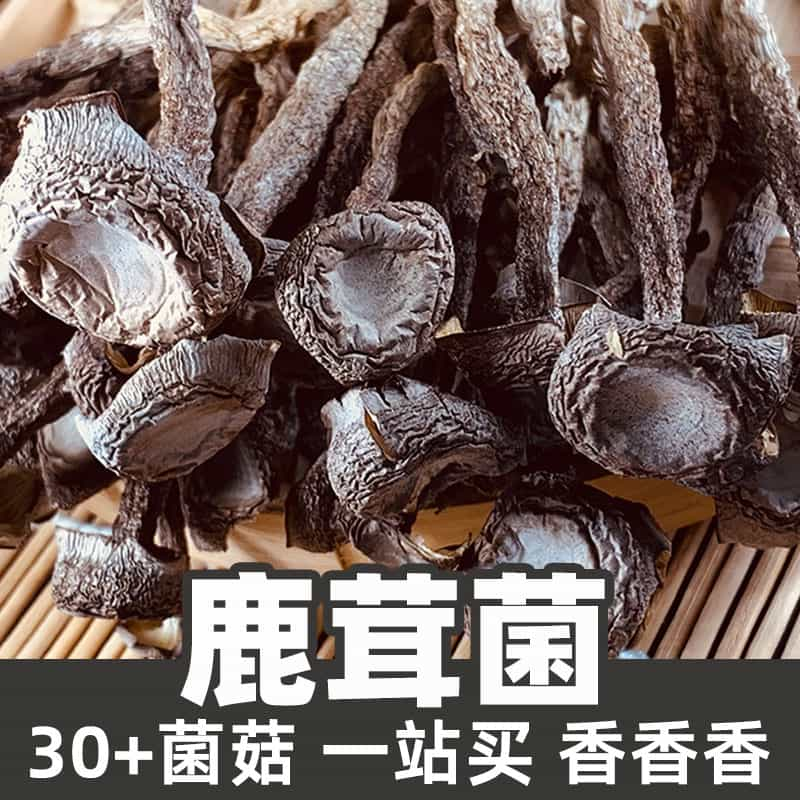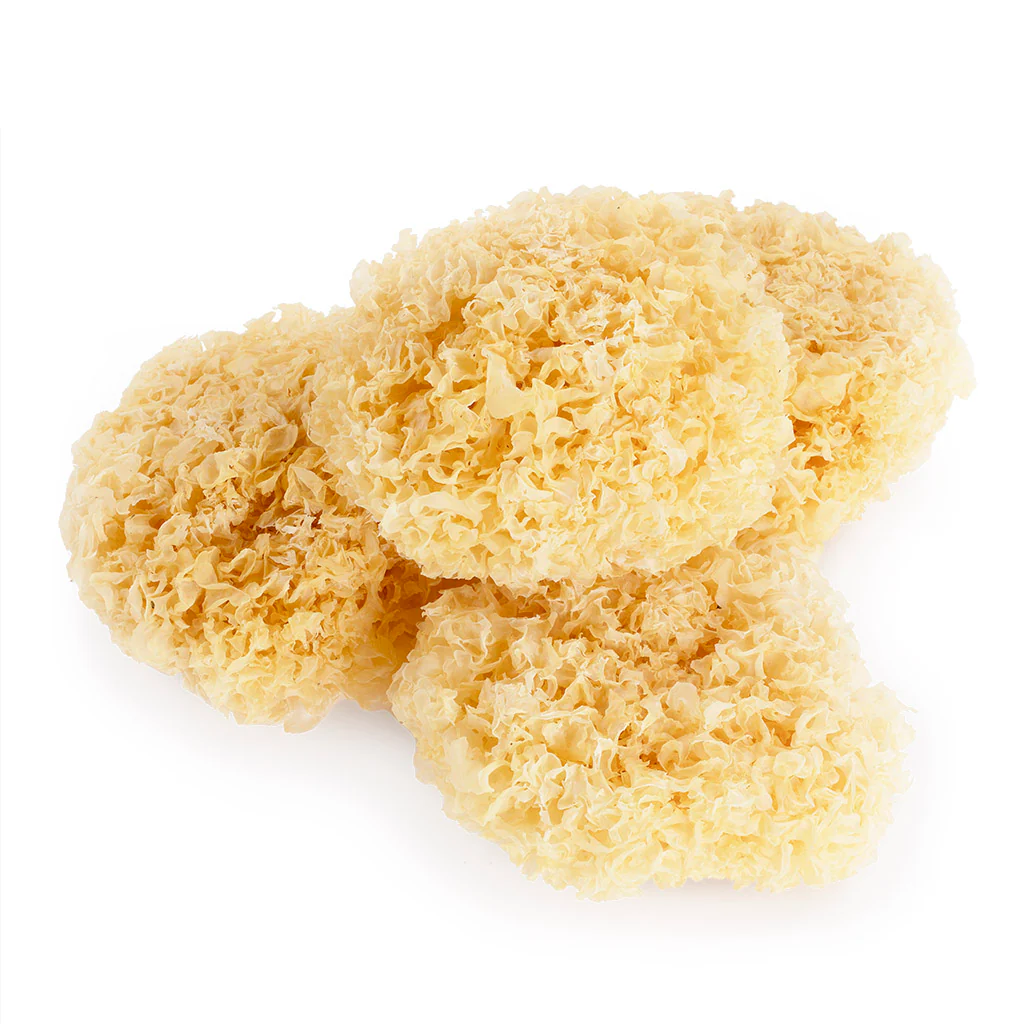Oyster mushrooms (Pleurotus ostreatus) are a popular edible fungus known for their unique shape and mild flavor. They are commonly found in various culinary dishes worldwide, where they are valued not only for their taste but also for their nutritional benefits. This species grows in clusters on decaying wood and is often harvested from forests, making it a prominent representative of the saprophytic fungi. The pleasant texture of oyster mushrooms adds depth to many recipes, and they can be prepared using various cooking methods, including sautéing, grilling, or roasting.
Beyond their culinary applications, oyster mushrooms have garnered attention for their potential health benefits. Rich in essential nutrients like fiber, B vitamins, and various minerals, these mushrooms are increasingly included in healthy diets. They are also researched for their possible antioxidant and antimicrobial properties. The versatility of oyster mushrooms extends into both the culinary and medicinal realms, highlighting their importance in nutrition and wellness.
With a delicate yet distinctive flavor, oyster mushrooms have become a favorite among chefs and home cooks alike, fostering their popularity in a wide range of dishes that feature vegetables, grains, or proteins. Whether in soups, stir-fries, or as a meat substitute in various diets, oyster mushrooms continue to be an integral part of many culinary traditions.
The nutritional composition of oyster mushrooms is noteworthy, featuring high levels of protein and essential amino acids. They are a valuable source of dietary fiber, which aids in digestion and promotes gut health. The primary active compounds found in oyster mushrooms include polysaccharides that contribute to their immune-boosting effects. Additionally, they contain bioactive compounds, such as ergothioneine and other antioxidants, which play a role in reducing oxidative stress in the body.
Oyster mushrooms are also rich in B vitamins, particularly riboflavin (B2), niacin (B3), and pantothenic acid (B5), all of which contribute to energy metabolism and overall cellular function. The mineral content makes them a healthy addition to any diet, with potassium supporting heart health and phosphorus playing a crucial role in bone health and energy production. Consequently, incorporating oyster mushrooms into daily meals not only enhances flavor but also adds essential nutrients to the diet.
The applications of oyster mushrooms are varied and versatile. In the culinary world, they are commonly used in stir-fries, soups, and salads, and serve as a meat substitute for vegetarian and vegan dishes due to their texture and umami flavor. Beyond cuisine, oyster mushrooms are explored in the realms of functional foods and dietary supplements. Some studies suggest that they may have cholesterol-lowering properties and the ability to support immune function.
In addition to their culinary uses, oyster mushrooms are being researched in the field of mycology for their potential in bioremediation, where they can help break down environmental pollutants. Furthermore, their role in sustainable agriculture is being investigated, as they can grow on agricultural waste products, contributing to waste reduction. The versatility in applications makes oyster mushrooms an exciting subject of study and an important food source.
Oyster mushrooms thrive in specific natural habitats, primarily on decaying wood in temperate regions around the world. They are commonly found in forests, growing on hardwood and occasional softwood trees. These fungi prefer moist and warm environments, making them more commonly found during the spring and fall.
Geographically, oyster mushrooms are widely distributed, with significant populations in North America, Europe, and Asia. They can also be cultivated in controlled environments, which has led to their availability in grocery stores year-round. This adaptability to various substrates and habitats makes them a favorite among commercial growers. Cultivated oyster mushrooms can be grown on straw, sawdust, or even coffee grounds, contributing to sustainable farming practices.
Their ability to thrive in diverse environments and their relatively low cultivation costs contribute to their popularity within both foraging and agricultural sectors. Understanding their distribution and growth environment sheds light on their ecological importance and the role they play in our ecosystems.
The harvesting process for oyster mushrooms typically involves manual picking to ensure the integrity of the delicate caps and the surrounding environment. It is crucial to harvest them at their peak freshness, which is indicated by the size and firmness of the caps. Processing involves cleaning the mushrooms to remove dirt and debris followed by slicing or preparing them for various culinary uses.
For preservation, several methods can be employed. Fresh oyster mushrooms may be sautéed and then frozen, allowing them to retain their flavor and nutritional properties. Alternatively, they can be dehydrated to extend shelf life significantly, making them useful in various dishes throughout the year. Proper storage is essential; keeping them in a breathable container in the refrigerator can help maintain their freshness for up to a week. Understanding these harvesting and preservation methods is vital for those who want to make the most of this nutritious fungus.
Monica Sun is a seasoned expert in the natural raw materials industry, with over a decade of experience specializing in traditional Chinese medicinal herbs, spices, and fungi. She is skilled in the sourcing, processing, and application of these materials, emphasizing sustainability and innovation. Monica Sun has contributed to the development of high-quality natural raw materials that serve as essential components in functional foods, pharmaceuticals, and cosmetics, delivering tailored solutions to meet diverse market needs.

















